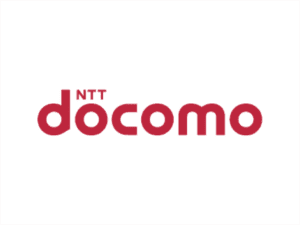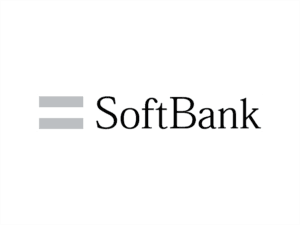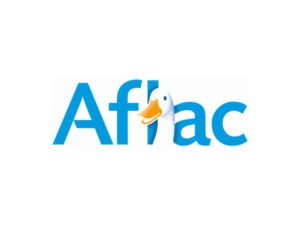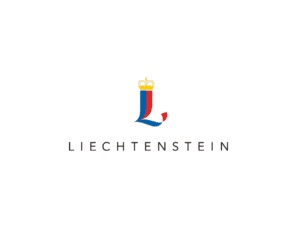The US Government Adopts The Zero Trust Security Policy
-

-
AuthorNok Nok News
-
Published8 Apr 2022
-
0 commentsJoin Conversation
As the 21st century processes its first major military engagement with the Ukrainian defense against Russian invasion, it has also revealed that digital warfare plays an important role. Unfortunately, cyber security warfare does not restrict itself to only military targets. This is something that both Ukraine and allies worldwide—including the United States—are now discovering for themselves.
As a result, the Whitehouse has now declared that it will be moving forward aggressively to implement a “zero trust strategy” in the computer networks of all relevant agencies and organizations.
Never Trust and Always Verify For Cyber Security
Ironically, the zero-trust strategy has its roots in the Russian proverb, “trust, but verify.” The implication is that even if you have a person or thing that you trust, you should always take the time to verify that who you are dealing with is who you are expecting.
In terms of cyber security, a zero-trust strategy means that even if a person, account, or piece of hardware previously accepted by a network’s infrastructure is legitimate, there should still be verification of the authenticity of the user. This is a security protocol that is even more important in today’s wireless world, where a legitimate user can potentially log in from any device anywhere in the world. It’s one thing to have a recognized user come into a secure building with staff that identifies them, and go into their own office and use their computer inside a secure network. It’s a different matter when that same person claims to be logging into a secure database using a smartphone in an entirely different country without any user identity checks along the way.
A Comprehensive But Worthwhile Effort
The initiative to bring multiple government agencies into a modern, zero-trust compliant security framework will not be fast, cheap, or easy. Each agency already has its own established conventions and protocols, so there will have to be a lot of adaptation and evolution to respect the needs of the different organizations.
However, the American government’s willingness to commit to Zero-Trust architectures speaks volumes of the nature of cyber security in the 21st century. With the continued reliance on easy access anywhere in the world, cloud-based storage and applications, multi-factor authentication, and other elements of the zero-trust strategy have become essential. A single password, once stolen, can surrender vast amounts of data and system control. Multi-factor authentication, cryptographic keypairs and the zero trust strategy ensure that there are extra safeguards.
Modern identity and cryptographic multi-factor authentication is one way to improve your cyber security. Learn more here about Nok Nok’s modern identity and passwordless authentication technology and how it protects multifactor security measures for more peace of mind.









